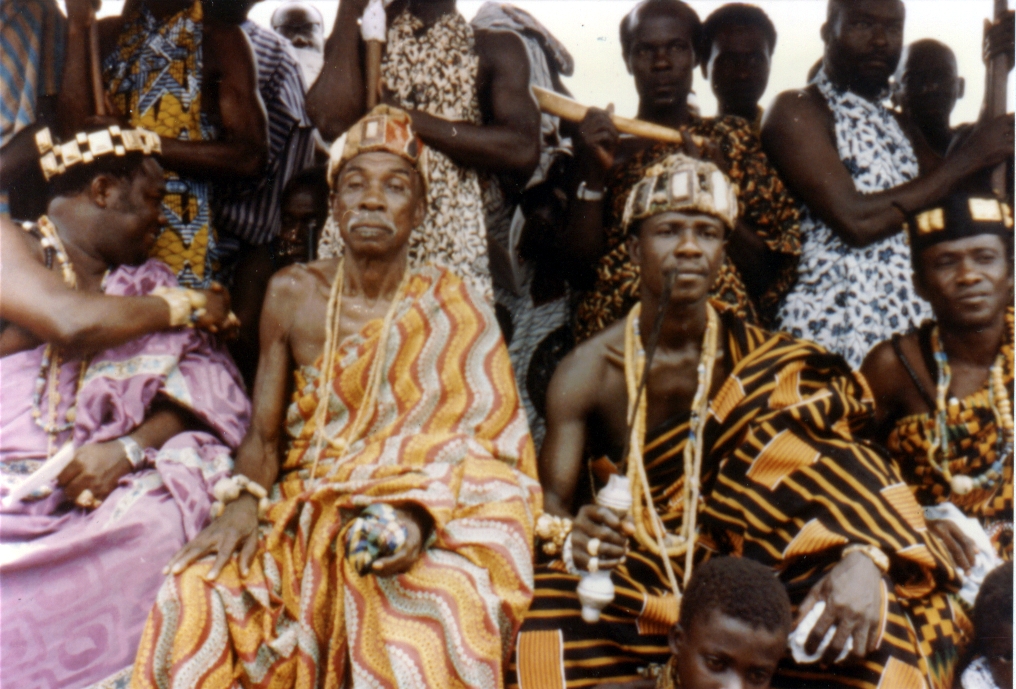Statistics Quiz 05 spring 2012 5.2 • Name:
- __________ Kilafwa thinks he has a 33% probability of winning the Rotary 5K fun run starting at 7:00 A.M. in the morning on the 18th of February 2012 from Palm Terrace. What type of probability is Kilafwa employing?
- __________ What is the probability of obtaining a head and a tail on two coins?
- __________ What is the probability of rolling a six on an eight sided die?
- __________ What is the probability of rolling a four or a multiple of four on a twelve sided die numbered one to twelve?
- __________ Can a die (singular for dice!) be one-sided? If yes, what is the shape of a one-sided die?
- __________ What is the probability of obtaining a head on a single toss of a coin?
 Sickle cell anemia is a blood disease that occurs among some people of African heritage. People with homozygous recessive genes for sickle cell (ss) have the disease and suffer from a number of complications including kidney problems and they tend to die young. People with one dominant gene and one recessive gene (Ss) are heterozygous carriers of the condition. Both homozygous recessive and herterozygous carriers are resistant to malaria, a deadly disease carried by mosquitoes in Africa. Homozygous dominant people (SS) do not carry the disease and are otherwise healthy. Those who are homozygous dominant (SS, however, have no resistance to malaria, and they die at young ages from malaria. Thus both homozygous dominants (SS) and homozygous recessives (ss) tend to die young, the former from malaria and the later from sickle cell anemia. Only heterozygous carriers tend to survive. Mate a heterozygous carrier (Ss) "survivor" father with a carrier (Ss) "survivor" mother.
Sickle cell anemia is a blood disease that occurs among some people of African heritage. People with homozygous recessive genes for sickle cell (ss) have the disease and suffer from a number of complications including kidney problems and they tend to die young. People with one dominant gene and one recessive gene (Ss) are heterozygous carriers of the condition. Both homozygous recessive and herterozygous carriers are resistant to malaria, a deadly disease carried by mosquitoes in Africa. Homozygous dominant people (SS) do not carry the disease and are otherwise healthy. Those who are homozygous dominant (SS, however, have no resistance to malaria, and they die at young ages from malaria. Thus both homozygous dominants (SS) and homozygous recessives (ss) tend to die young, the former from malaria and the later from sickle cell anemia. Only heterozygous carriers tend to survive. Mate a heterozygous carrier (Ss) "survivor" father with a carrier (Ss) "survivor" mother.
- __________ What percent of their children are likely to be homozygous dominant?
- __________ What percent of their children are likely to be homozygous recessive?
- __________ What percent of their children are likely to be heterozygous carriers?
- __________ What percent of their children are likely to die young?
 Sickle cell anemia is a blood disease that occurs among some people of African heritage. People with homozygous recessive genes for sickle cell (ss) have the disease and suffer from a number of complications including kidney problems and they tend to die young. People with one dominant gene and one recessive gene (Ss) are heterozygous carriers of the condition. Both homozygous recessive and herterozygous carriers are resistant to malaria, a deadly disease carried by mosquitoes in Africa. Homozygous dominant people (SS) do not carry the disease and are otherwise healthy. Those who are homozygous dominant (SS, however, have no resistance to malaria, and they die at young ages from malaria. Thus both homozygous dominants (SS) and homozygous recessives (ss) tend to die young, the former from malaria and the later from sickle cell anemia. Only heterozygous carriers tend to survive. Mate a heterozygous carrier (Ss) "survivor" father with a carrier (Ss) "survivor" mother.
Sickle cell anemia is a blood disease that occurs among some people of African heritage. People with homozygous recessive genes for sickle cell (ss) have the disease and suffer from a number of complications including kidney problems and they tend to die young. People with one dominant gene and one recessive gene (Ss) are heterozygous carriers of the condition. Both homozygous recessive and herterozygous carriers are resistant to malaria, a deadly disease carried by mosquitoes in Africa. Homozygous dominant people (SS) do not carry the disease and are otherwise healthy. Those who are homozygous dominant (SS, however, have no resistance to malaria, and they die at young ages from malaria. Thus both homozygous dominants (SS) and homozygous recessives (ss) tend to die young, the former from malaria and the later from sickle cell anemia. Only heterozygous carriers tend to survive. Mate a heterozygous carrier (Ss) "survivor" father with a carrier (Ss) "survivor" mother.